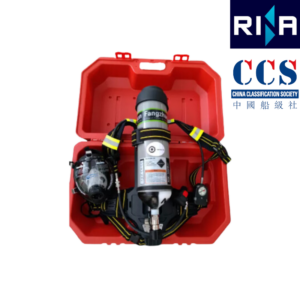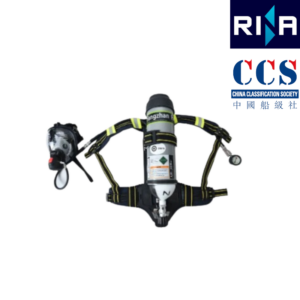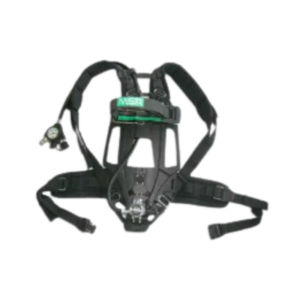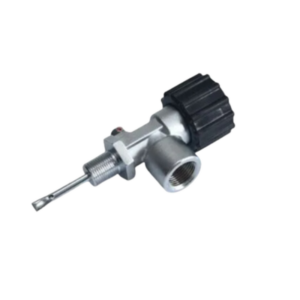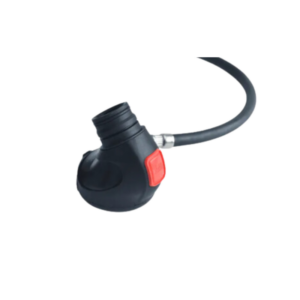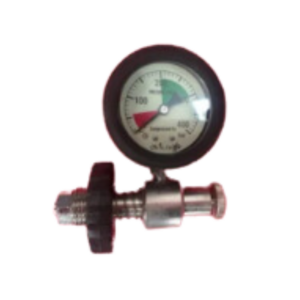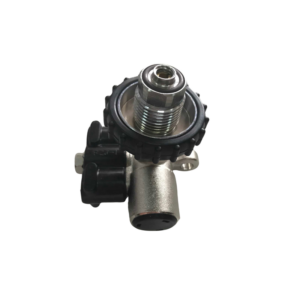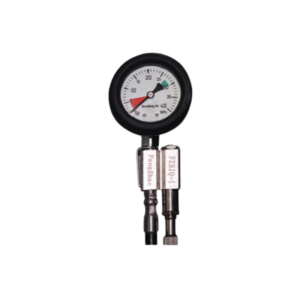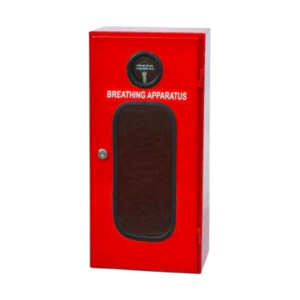Self-Contained Breathing Apparatus & Spare Parts (SCBA)
View Edtech’s extensive range of SCBA equipment and spare parts.
A Self-Contained Breathing Apparatus (SCBA) is a critical piece of safety equipment designed to provide breathable air in hazardous environments. Used by firefighters and rescue personnel, it features an air cylinder, mask, and regulator, allowing users to breathe safely in toxic or oxygen-deficient atmospheres. SCBAs ensure protection during fire, gas leaks, or other emergencies.
Products
-

FANGZHAN SOLAS EC MED APPROVED SCBA 6L 300 BAR COMPLETE SET C/W BOX MODEL: RHZK6
Product successfully added to the Quote List
-

FANGZHAN SOLAS EC MED APPROVED SCBA 6L 300 BAR COMPLETE SET MODEL: RHZK6
Product successfully added to the Quote List
-

FANGZHAN SPARE CYLINDER 6L 300 BAR
Product successfully added to the Quote List
-

FANGZHAN SCBA W/O CYLINDER (COMPLETE SET WITHOUT CYLINDER)
Product successfully added to the Quote List
-

FANGZHAN CYLINDER VALVE
Product successfully added to the Quote List
-

FANGZHAN SCBA DEMAND VALVE
Product successfully added to the Quote List
-

FANGZHAN SCBA FACE MASK
Product successfully added to the Quote List
-

FANGZHAN CYLINDER PRESSURE GAUGE
Product successfully added to the Quote List
-

FANGZHAN PRESSURE REDUCER
Product successfully added to the Quote List
-

FANGZHAN PRESSURE GAUGE WITH ALARM AND WHITLE ASSEMBLY
Product successfully added to the Quote List
-

ELECTRONIC AUDIO AND VISUAL WARNING DEVICE
Product successfully added to the Quote List
-

SCBA Cabinet
Product successfully added to the Quote List
View Other Categories
What Is A Self Contained Breathing Apparatus (SCBA)?
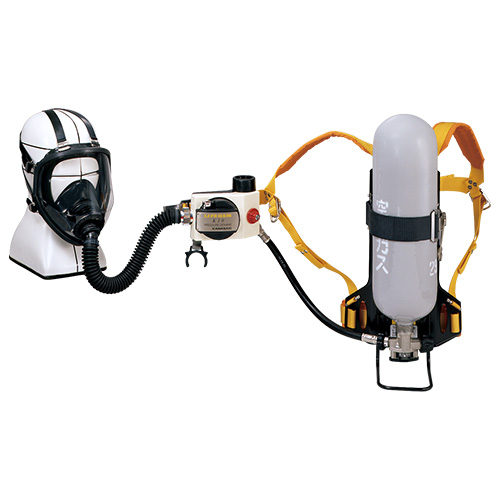
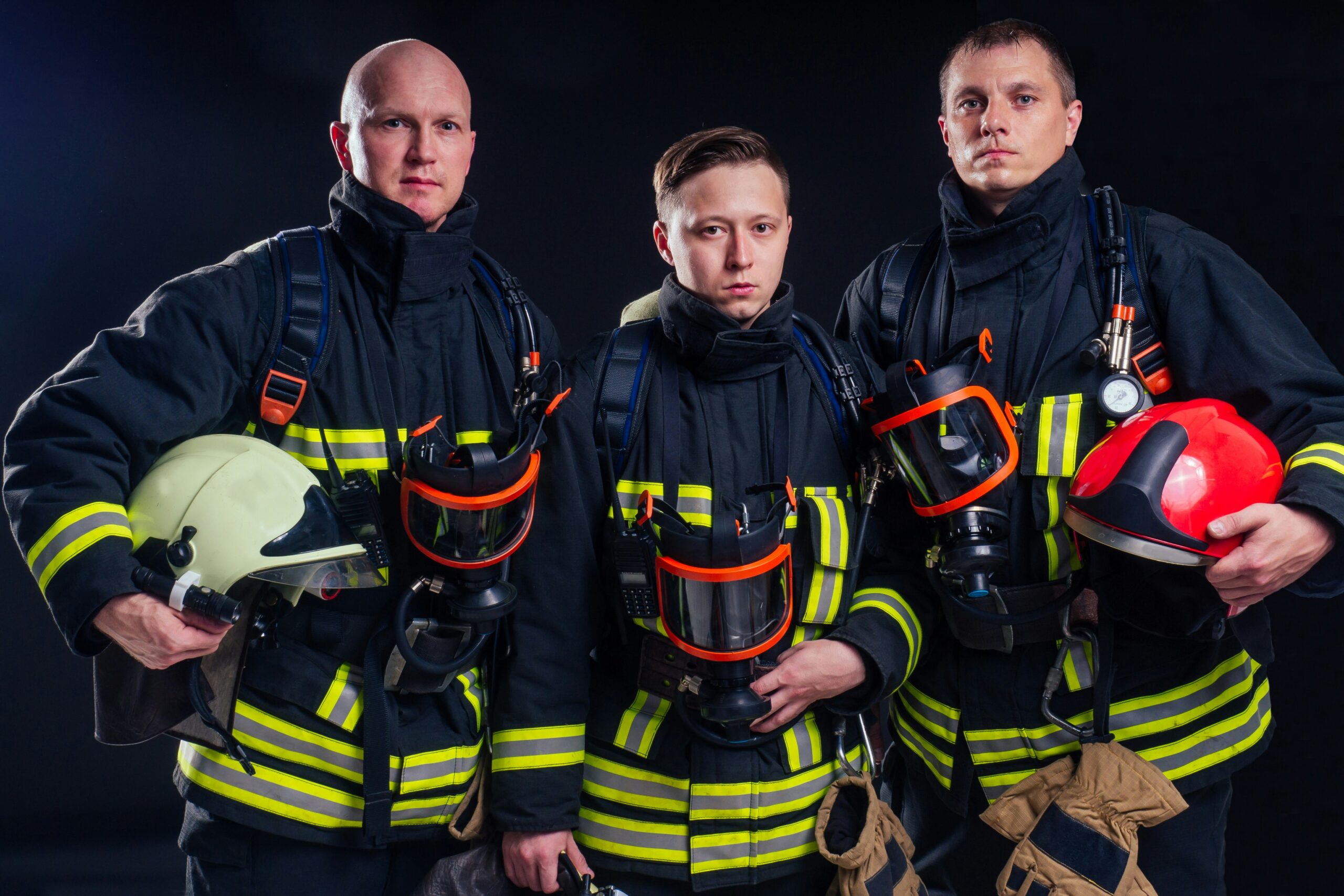
A Self-Contained Breathing Apparatus (SCBA) is a vital safety device designed to protect individuals in hazardous environments where the atmosphere is unsafe for breathing. Whether it’s due to toxic gases, smoke, oxygen deficiency, or other dangerous airborne particulates, the SCBA ensures that the wearer has a continuous supply of clean, breathable air, making it indispensable for various industries, particularly firefighting, maritime safety, and hazardous materials handling.
An SCBA is a portable device that provides a limited supply of breathable air, usually stored in a high-pressure cylinder worn on the user’s back. The air in the cylinder is compressed to allow for maximum storage in a small space, ensuring that users can operate in hazardous conditions for a period of time, typically ranging from 30 to 60 minutes, depending on the specific unit. The key components of an SCBA include:
- Compressed air cylinder: Stores breathable air, usually made of durable, lightweight materials such as aluminum, carbon fiber, or composite materials.
- Pressure regulator: Reduces the high-pressure air from the cylinder to a breathable pressure before delivering it to the user.
- Full-face mask (or facepiece): Seals tightly around the face to prevent the ingress of harmful substances while supplying clean air from the cylinder.
- Breathing tube or hoses: Connects the cylinder and regulator to the face mask, allowing air to flow smoothly.
- Harness or backpack: Secures the entire system on the user’s back, distributing the weight for comfort and ease of mobility.
These components work together to provide a safe and reliable source of air, allowing individuals to work or evacuate from hazardous environments without risk of inhaling dangerous substances.
There are two primary types of SCBA systems based on their air supply methods: open-circuit and closed-circuit.
Open-Circuit: This is the most common type, especially in firefighting. The air from the cylinder is inhaled by the user, and exhaled air is expelled into the surrounding environment. Open-circuit SCBAs provide fresh, breathable air for a limited time and are equipped with an alarm that sounds when the air supply is running low. This type is generally used in short-term applications where the user needs air for minutes rather than hours.
Closed-Circuit (also known as rebreather SCBA): This system is designed for extended use. In this type, the exhaled air is recycled by removing carbon dioxide and adding oxygen back into the system, allowing the user to breathe it again. Closed-circuit SCBAs are typically used in mining or underwater applications, where workers might need air for an extended period of time.
SCBAs are used in a wide variety of industries and scenarios where air quality is compromised or where toxic gases are present. Some of the most common applications include:
Firefighters are one of the primary users. When entering burning buildings or other fire-related situations, they face environments filled with smoke, harmful gases such as carbon monoxide, and superheated air, all of which can cause severe injury or death if inhaled. The device allows firefighters to operate in these dangerous conditions, enabling them to rescue victims, extinguish fires, and perform critical tasks without risking respiratory distress. The devices are designed to withstand high temperatures and harsh conditions, ensuring that they remain functional during intense firefighting operations.
Workers handling hazardous chemicals, toxic gases, or radioactive materials also rely on SCBAs for respiratory protection. In environments where gas masks or other filters may not be enough to protect from airborne toxins, the product provides a guaranteed clean air supply, essential for worker safety during spills, leaks, or chemical manufacturing processes. HAZMAT personnel are trained to use SCBAs in conjunction with other protective gear, such as chemical-resistant suits, to ensure comprehensive protection against hazardous exposures.
In maritime environments, these devices are crucial for protecting personnel from the risk of fire, chemical spills, or gas leaks aboard ships and offshore platforms. The confined spaces on vessels can become rapidly engulfed in smoke or toxic gases during emergencies, making this a lifesaving tool for crew members. For example, in engine rooms or cargo holds, a sudden fire or release of hazardous materials can make the air unbreathable, requiring immediate use of an SCBA for safe evacuation or fire suppression.
SCBAs are widely used by personnel entering confined spaces, such as tanks, sewers, or storage containers, where air quality may be compromised. These spaces often lack proper ventilation and can accumulate harmful gases like methane or hydrogen sulfide, posing significant risks to workers. It ensures that personnel can safely enter and work in these environments, regardless of the atmosphere inside.
SCBAs have evolved significantly over the years, with modern units offering enhanced safety, comfort, and functionality. Key features of modern SCBAs include:
SCBAs are designed to be lightweight, reducing the physical strain on the wearer, especially during long shifts or physically demanding tasks. The use of advanced materials such as carbon fiber allows the cylinders to be both strong and light, ensuring mobility without sacrificing durability.
In emergency situations, clear communication is vital. Modern SCBAs often feature built-in voice amplifiers or radio communication systems, allowing users to speak clearly with their team members without removing their masks. This is particularly useful for firefighters or HAZMAT workers who need to coordinate complex tasks in hazardous environments.
A critical safety feature is the low-air alarm. When the air supply in the cylinder drops to a predetermined level (usually around 25% of the total air), an alarm sounds to alert the user that they need to exit the hazardous area immediately. Some SCBAs also feature personal alert safety systems (PASS), which activate if the user becomes immobile for a certain period, signaling distress and helping rescuers locate them.
Many advanced apparatus come equipped with heads-up displays inside the face mask, providing real-time information about air levels, time remaining, and other critical data. This helps users manage their air supply more effectively and make informed decisions during emergencies.
Given the extreme environments in which SCBAs are often used, they are designed to resist high temperatures, corrosive chemicals, and other environmental hazards. This ensures that the device continues to function in challenging conditions, providing reliable air supply when it’s needed most.
Regular maintenance and training are essential for the proper use of SCBAs. Units must be inspected frequently to ensure that they are in good working order, with particular attention paid to the air cylinder’s pressure levels, the integrity of the face mask, and the condition of the hoses and regulators. In addition, users need ongoing training to remain proficient in donning the equipment quickly, using it correctly, and understanding how to respond if something goes wrong during operation.


